Summary
- Rising accident rates and stricter safety regulations are driving demand for AI-powered intelligent monitoring in construction sites
- Implemented an intelligent monitoring solution using NPU servers and a multimodal AI model pipeline
- GPU-NPU hybrid system: Assign AI training and video processing to GPUs, while handling AI inference on NPUs, creating an infrastructure optimized for service workloads
- Reduced power consumption and heat output, proving the ability to lower monitoring center server TCO
Challenge
Following the introduction of Korea’s Serious Accidents Punishment Act, industrial safety obligations have become stricter. Yet the fatal accident rate at domestic construction sites remains far higher than the OECD average. This creates an urgent need for advanced accident-prevention systems, not only to protect workers’ lives but also to reduce financial and social costs for companies and society.
Construction sites are complex environments where large numbers of workers and heavy equipment move in close quarters. Relying solely on supervisors and CCTV operators to manage safety risks has clear limitations. This is why AI-powered monitoring systems, particularly those based on CCTV video, are gaining traction as preventative and automated solutions.
Diagnosis
Deploying AI safety monitoring solutions requires addressing multiple challenges.
First, specialized AI models tailored to construction sites must be developed, supported by thorough hazard analysis and rigorous data collection and refinement. These models must then be integrated into a service pipeline capable of delivering clear and actionable alerts to monitoring personnel.
Moreover, such systems must operate efficiently within the constrained environment of monitoring center server rooms, where space, cooling, and power supply are all limited. However, traditional GPU-based systems, with their high cost, power demands, and heat generation, impose a significant burden that only grows as AI systems become more advanced.
Solution
KOLON BENIT overcame these limitations by developing AI Vision Intelligence, a differentiated safety monitoring system powered by multimodal AI and hybrid GPU–NPU infrastructure.
At its core, AI Vision Intelligence combines CCTV video with construction site data in a multimodal model architecture. It detects safety risks such as workers not wearing helmets, unauthorized entry into hazardous zones, absence of signalers, or the approach of heavy equipment, and then translates these detections into actionable alerts.
Importantly, the system goes beyond simple object recognition by providing context-aware, precise event notifications. For example, when the approach of heavy equipment is detected, the system simultaneously identifies nearby workers and checks whether a spotter is present. It can then deliver specific alerts such as “spotter required immediately,” offering actionable guidance that reduces false positives and significantly enhances accident prevention.
The system architecture adopts a hybrid setup in which training and video processing are handled on GPUs, while inference runs on Rebellions’ power-efficient, high-performance NPU servers. GPUs are utilized for site data training and video processing, while NPUs are dedicated to efficient inference. For large language models, the high-performance vLLM library has been applied, improving both inference throughput and operational efficiency.
The system also leverages the Rebellions SDK to integrate NPUs seamlessly, ensuring high compatibility that enables existing GPU-based code and infrastructure to be migrated into the NPU environment without incurring additional transition costs or resource overhead.
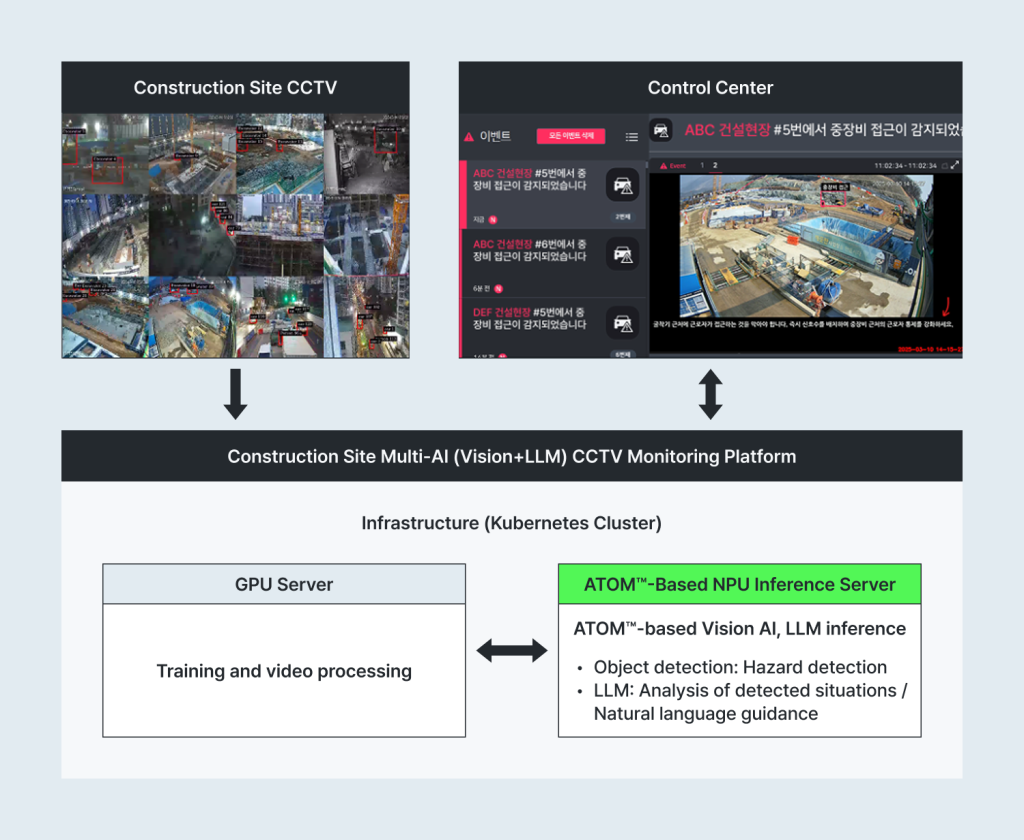
Result
KOLON BENIT deployed AI Vision Intelligence in the monitoring center of KOLON GLOBAL construction sites. This system proactively detects risk factors and communicates them with specificity, enabling monitoring staff to clearly understand the situation and respond with preventive, on-site actions. As a result, it is expected to significantly enhance accident prevention outcomes.
Rebellions’ NPU servers maximize efficiency by reducing power consumption by up to 50 percent and cutting heat generation by around 45 percent compared to conventional GPU servers. These improvements directly translate into lower server room operating costs, and as infrastructure scales, the benefits extend to total cost of ownership (TCO) reductions across power supply capacity, cooling systems, and overall monitoring center operations.
This solution carries significant meaning as it combines KOLON BENIT’s proprietary technologies, domestic AI models, and Rebellions’ domestically developed NPUs to build a Korean sovereign AI package. Looking ahead, KOLON BENIT plans to align with the national “Korean AI Development Strategy” by fostering an AI ecosystem grounded in indigenous technologies, delivering tangible value to industrial sites, and continuously expanding new AI businesses.
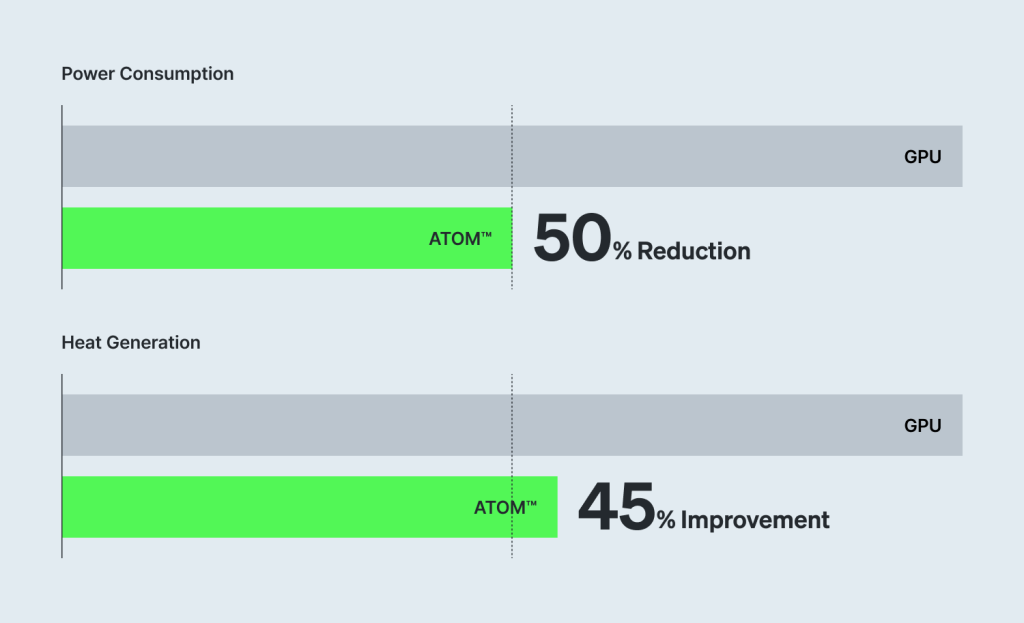
“Rebellions’ ATOM™ is an NPU with an exceptionally wide range of applications. By building a hybrid GPU–NPU system and multimodal inference pipeline, we successfully developed the AI Vision Intelligence solution for safety monitoring. The results confirmed excellent inference performance, energy efficiency, and software compatibility. Based on this success, we will continue to expand a sovereign AI ecosystem built on our own technology.”
— KOLON BENIT
Appendix: NPU User Guide
Get Started Now : Prepare a pre-trained model → Compile with the RBLN Compiler → Load the compiled model and run inference
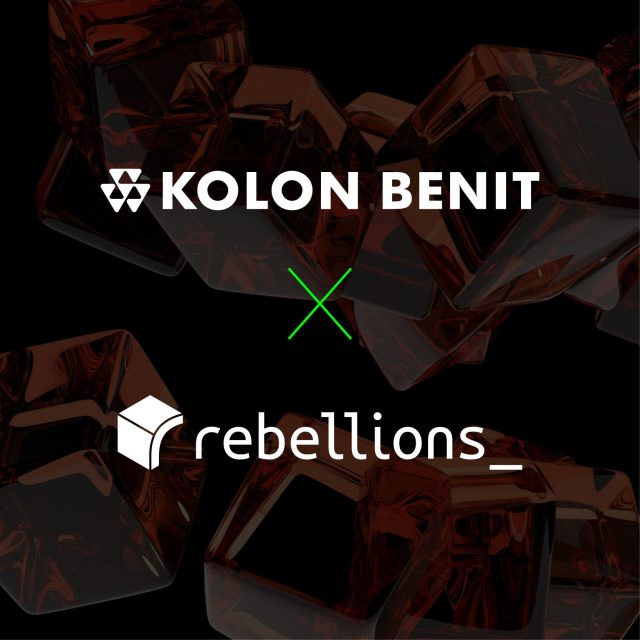

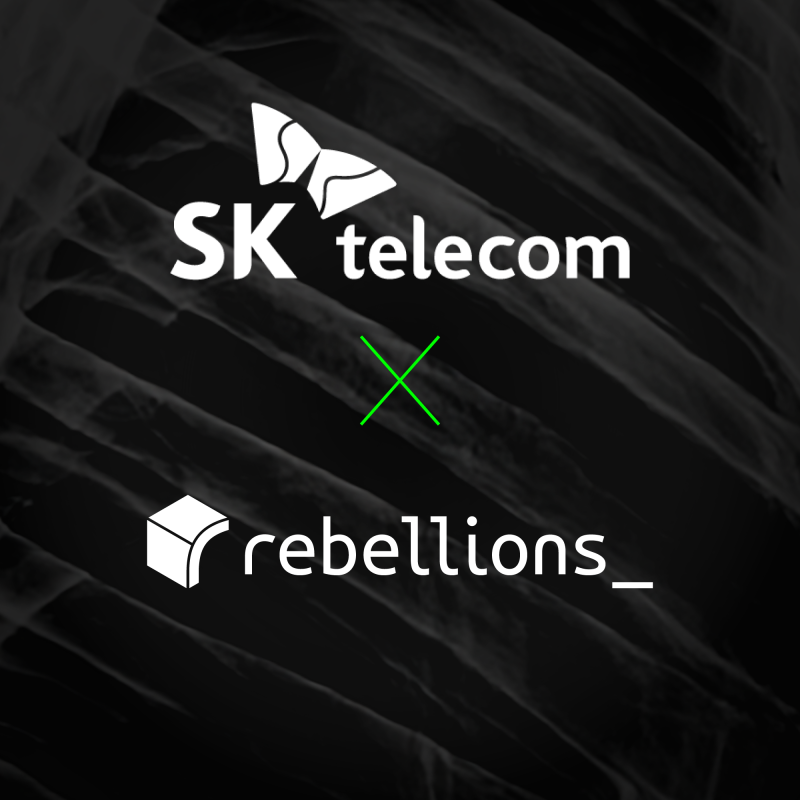
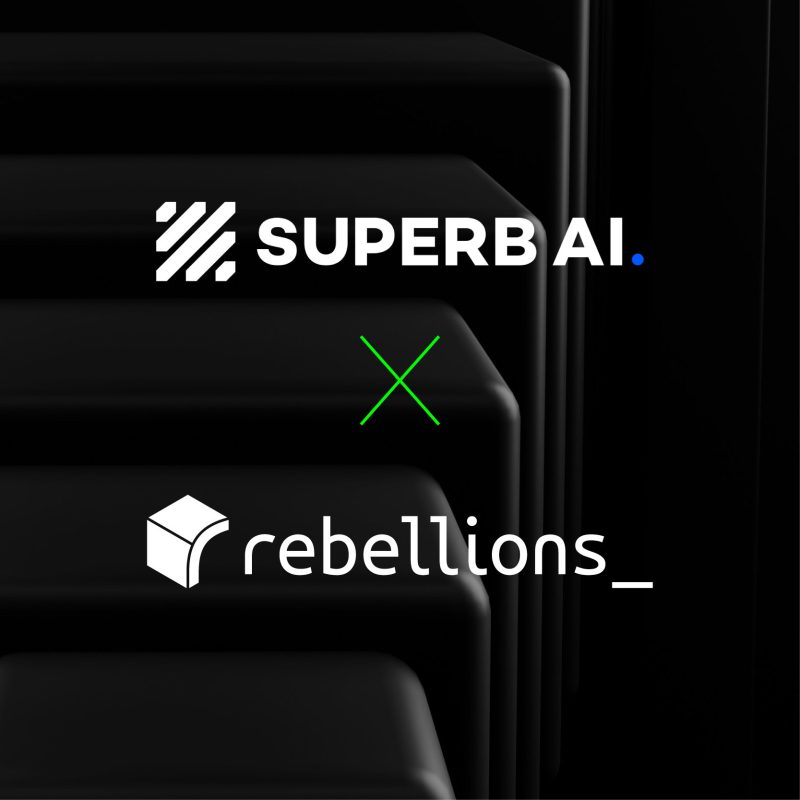
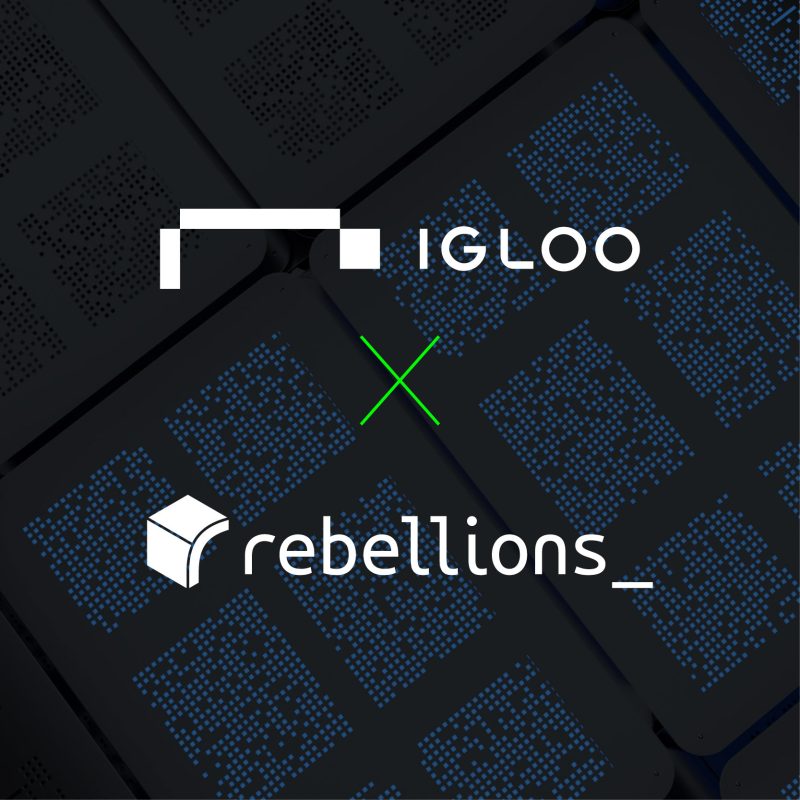
Share This: